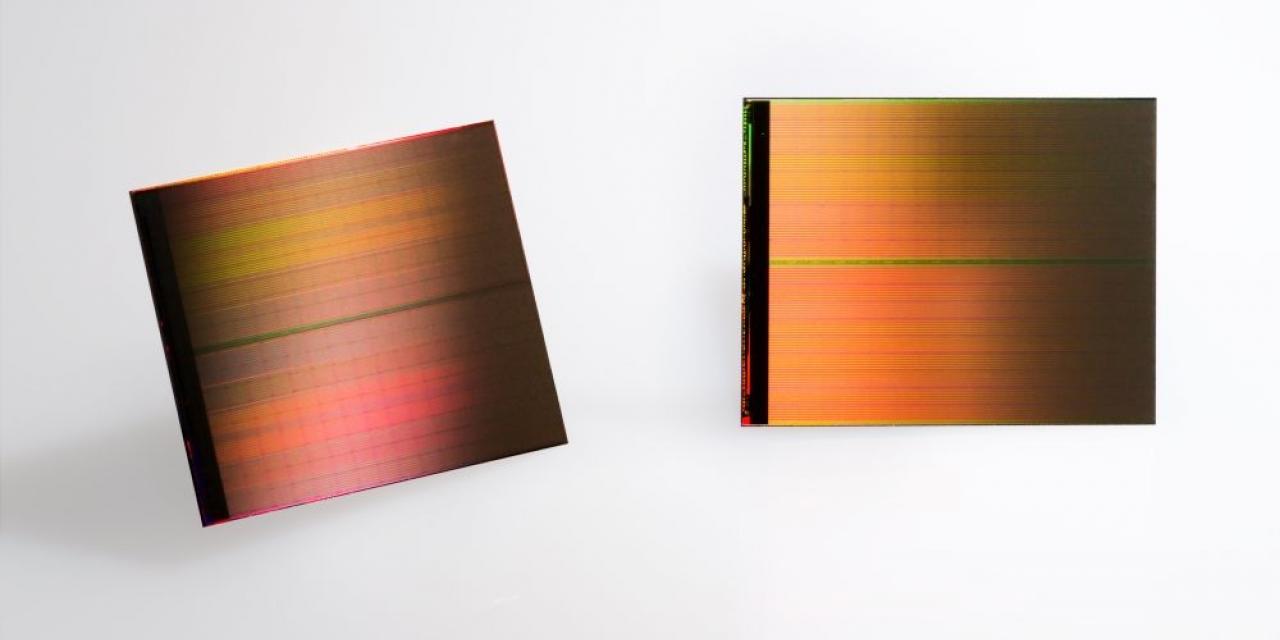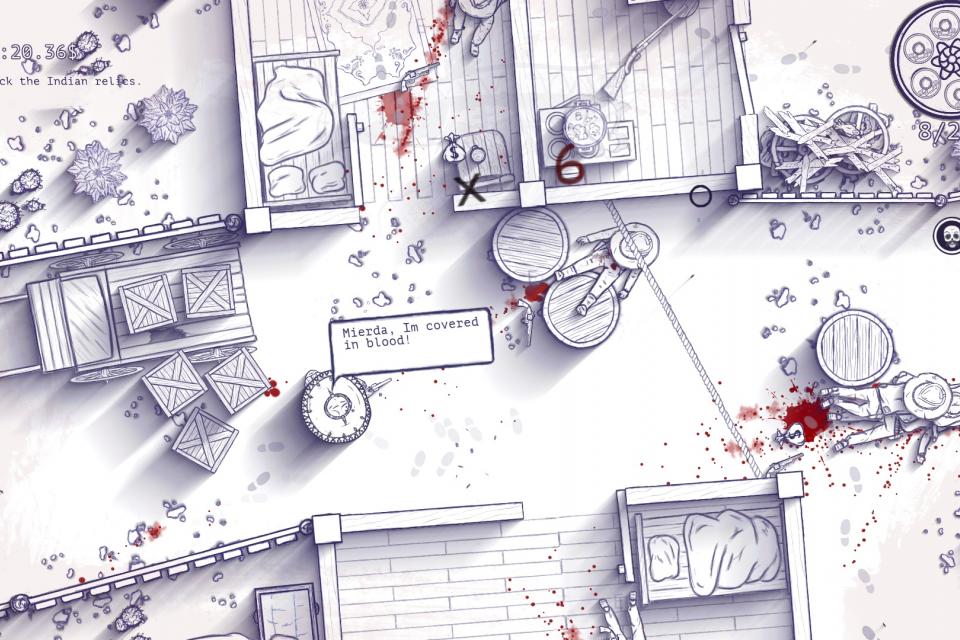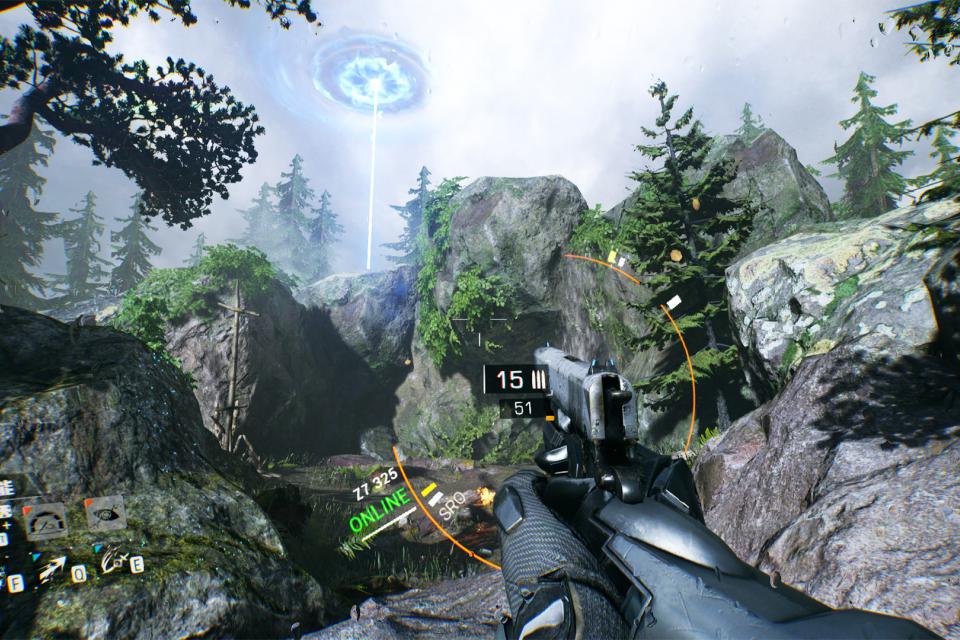
Intel and Micron today unveiled 3D XPoint technology, a non-volatile memory that is 1,000 times faster and more durable than the NAND Flash memory used is SSDs.
3D XPoint technology combines the performance, density, power, non-volatility and cost advantages of all available memory technologies on the market today. The technology is up to 1,000 times faster and has up to 1,000 times greater endurance3 than NAND, and is 10 times denser than conventional memory.
3D XPoint has been in research and development for more than 10 years. Intel describes it as "a major breakthrough in memory process technology and the first new memory category since the introduction of NAND flash in 1989."
3D XPoint technology utilizes a transistor-less cross point architecture which creates a three-dimensional checkerboard where memory cells sit at the intersection of word lines and bit lines, allowing the cells to be addressed individually. As a result, data can be written and read in small sizes, leading to faster and more efficient read/write processes.
Interestingly, 3D Xpoint is not as expensive as one would expect. According to Intel, the memory is already in production and its production cost is somewhere between those of NAND Flash memory and DRAM.
"For decades, the industry has searched for ways to reduce the lag time between the processor and data to allow much faster analysis," said Rob Crooke, senior vice president and general manager of Intel's Non-Volatile Memory Solutions Group. "This new class of non-volatile memory achieves this goal and brings game-changing performance to memory and storage solutions."
"One of the most significant hurdles in modern computing is the time it takes the processor to reach data on long-term storage," said Mark Adams, president of Micron. "This new class of non-volatile memory is a revolutionary technology that allows for quick access to enormous data sets and enables entirely new applications."








